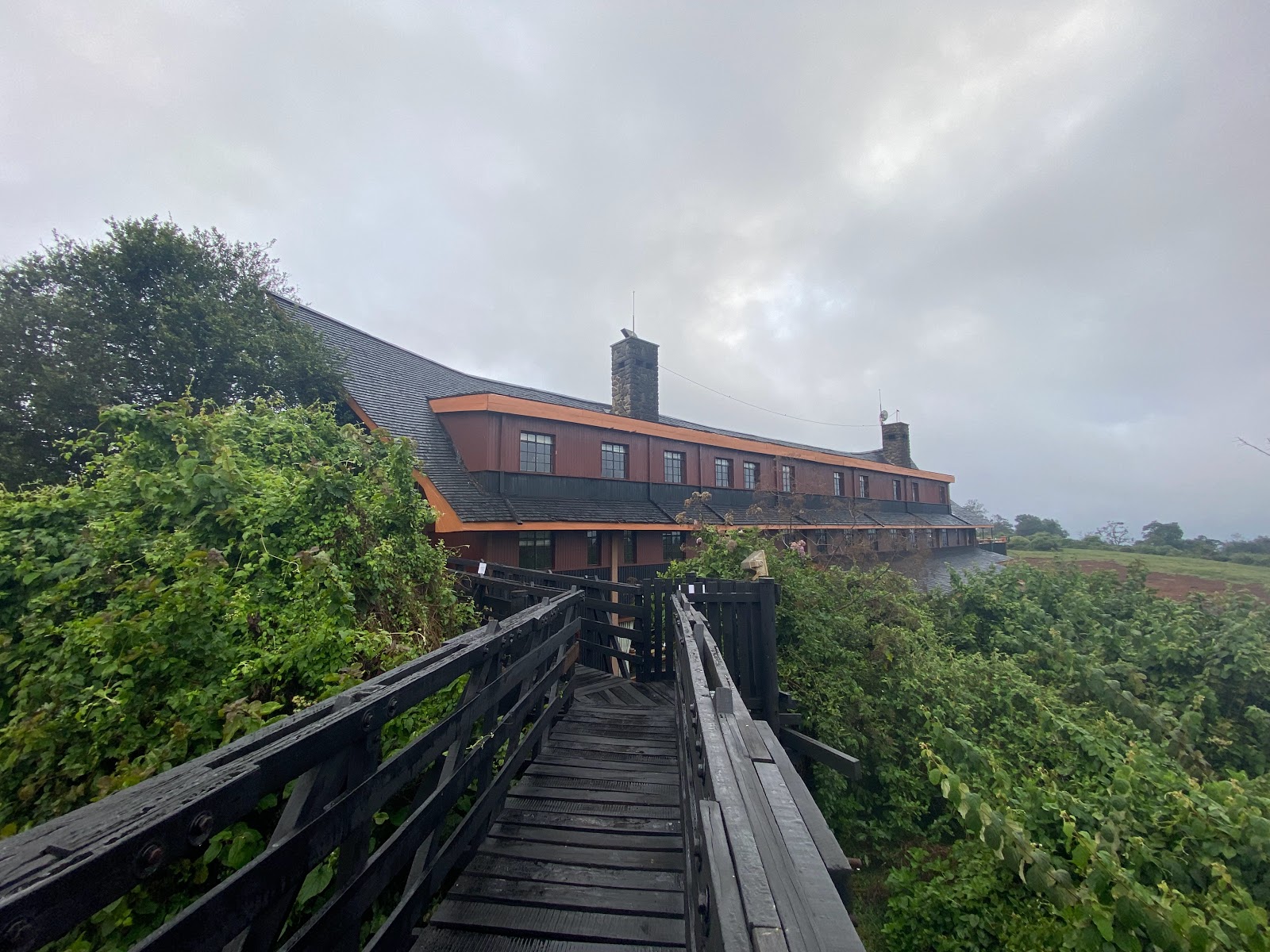Hey everyone!
This past week, I completed my second project at Mpala. For these last seven days, I've been working in Dr. Melly's plant taxonomy lab. As a brief overview, Mpala is home to a Smithsonian ForestGEO plot, meaning that it is part of the "Global Earth Observatory" network. This network, which has been established by the Smithsonian, is comprised of 74 research sites that are meant to represent the global forest network. Each forest in the network undergoes a standard series of tests and measurements that allow for a comparative study of the world's forests. As stated by the ForestGEO website (found here:
https://forestgeo.si.edu/), "
Today, the intensity and scale of the network remains unprecedented in forest science. In addition to the tree censuses that track the growth and mortality of trees in every forest site, ForestGEO pursues several scientific initiatives to study carbon fluxes, the impacts of climate change on biodiversity, and forest function".Of these research sites, Mpala is home to the largest of all the plots - spanning 150 hectares (most plots are 50 ha or smaller). Dr. Melly is a plant taxonomist who works on the Mpala plot, and his current research consists of building an inventory of all the vascular plants on the Mpala ranch. Dr. Melly estimates that there are over 600 individual species present on the ranch, and so although it is an enormous task, it will eventually provide an essential tool for evaluating the biodiversity and promoting conservation at Mpala.
The fieldwork for this project mainly consisted of Dr. Melly and I going out on Mpala and collecting plant samples from species that had not yet been collected (Image 1a). There is so much biodiversity at Mpala, that there were days where we wouldn't move more than 50 meters in four hours because of the volume of new species that we were finding. Once we identified a species that we had not previously collected, we would take pictures of each part of the plant, from the inflorescence, stem, leafs, root system and more (Image 1b). Once we had taken photographs of the plant's morphological features, we then tagged each plant with a unique ID (Image 2) and collected four samples to be preserved.
 |
| Image 1a: Dr. Melly and I collecting plant samples from the Mpala ranch |
 |
| Image 1b: Dr. Melly photographing one of the plant species we collected |
 |
| Image 2: One of the plant tags used in plant ID: includes (in order from top to bottom), name of the PI, the plant species ID, and the date of collection |
Once we had collected our samples, we returned to the lab each day to begin pressing the plants for preservation. After separating all of the tagged samples, some plant material is preserved in small bags with silica gel in order to preserve it for DNA analysis (Image 3). Sequencing the DNA of each sample is essential to determining the exact species of each plant and preserving a reference for future comparisons. I was able to see firsthand how essential the DNA analysis is, as Dr. Melly and I found a species in the Cyphostemma genus that we are hypothesizing is either a new species, or one that is previously undocumented in Kenya. In order to confirm this discovery, however, we have to send some of the material to a lab to determine its exact species ID through genetic analysis.
 |
| Image 3: Bags filled with samples that are going to be sent off to a lab for DNA analysis |
Using cardboard and newspaper, we flattened each plant within a large stack of samples by strapping the stack between two boards (Image 4). These stacks were then heated overnight in a large bag filled with silica gel in order to remove all of the moisture from the samples (Image 5). Once the samples are completely dried, they are able to retain their color and morphological properties for hundreds of years. For this reason, once they were fully preserved, the samples are labeled and packed in order to send one copy to the Smithsonian, one to the National Museums of Kenya, one to be kept at Mpala, and then finally one that will be left with Dr. Melly.
 |
| Image 4a: One of our samples after being pressed overnight |
 |
| Image 4b: The stack of samples pressed from one day of fieldwork |
 |
| Image 5: Samples drying in the heated chamber |
Dr. Melly and I spent a week collecting our samples, preserving them through pressing, sending them for DNA analysis, and entering the information we collected into a database that will eventually be used as a tool for conservation strategy at Mpala and beyond. Although sometimes the work was tedious, I was grateful to have the opportunity to work closely with Dr. Melly on such an ambitious contribution to the scientific community.
 |
| Image 6: Dr. Melly and I working in the lab |
This week, I'll be working in Patrick's plant physiology/photosynthesis lab, and I can't wait to get started.
Until next time!
Charlie




















































